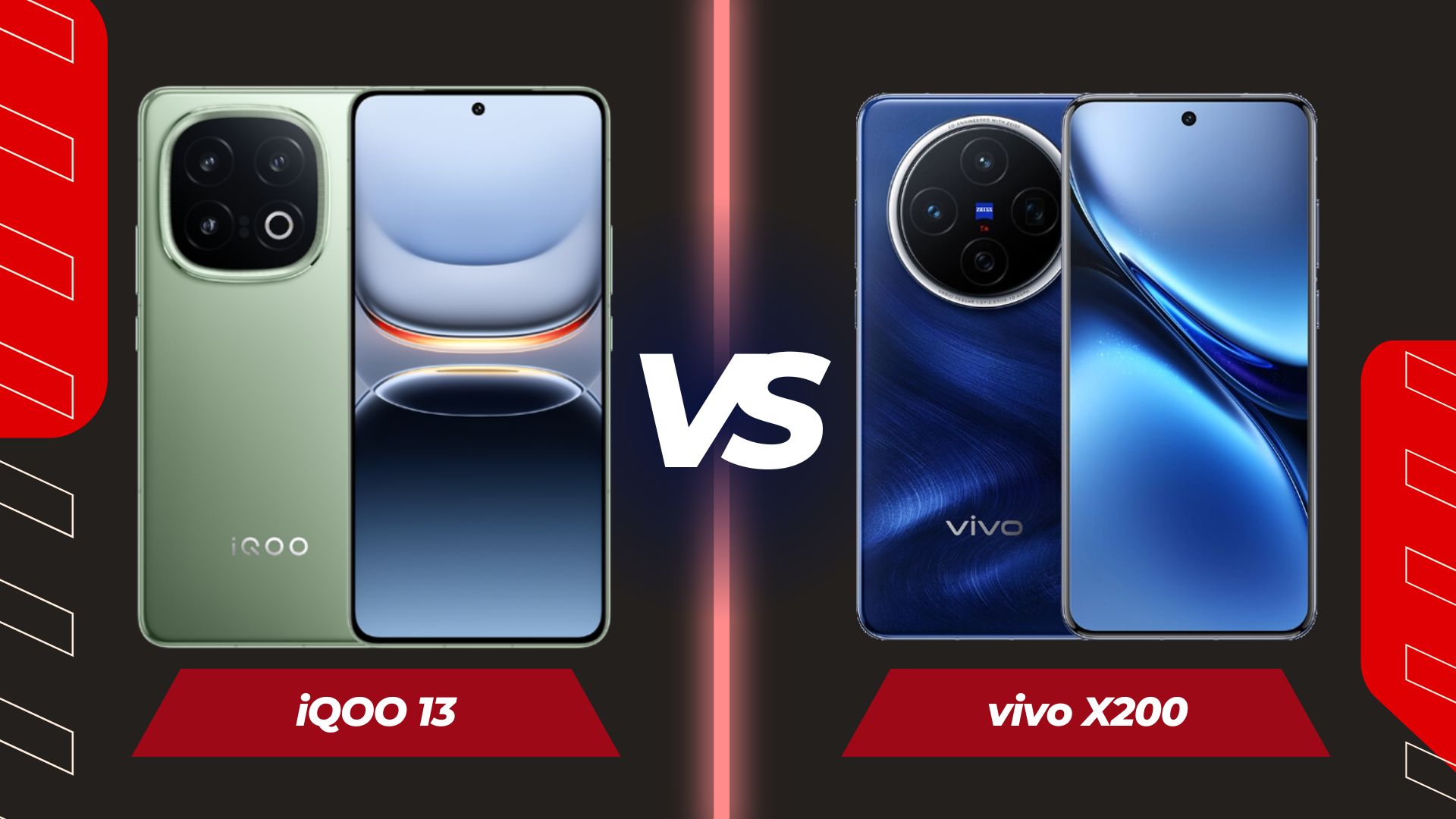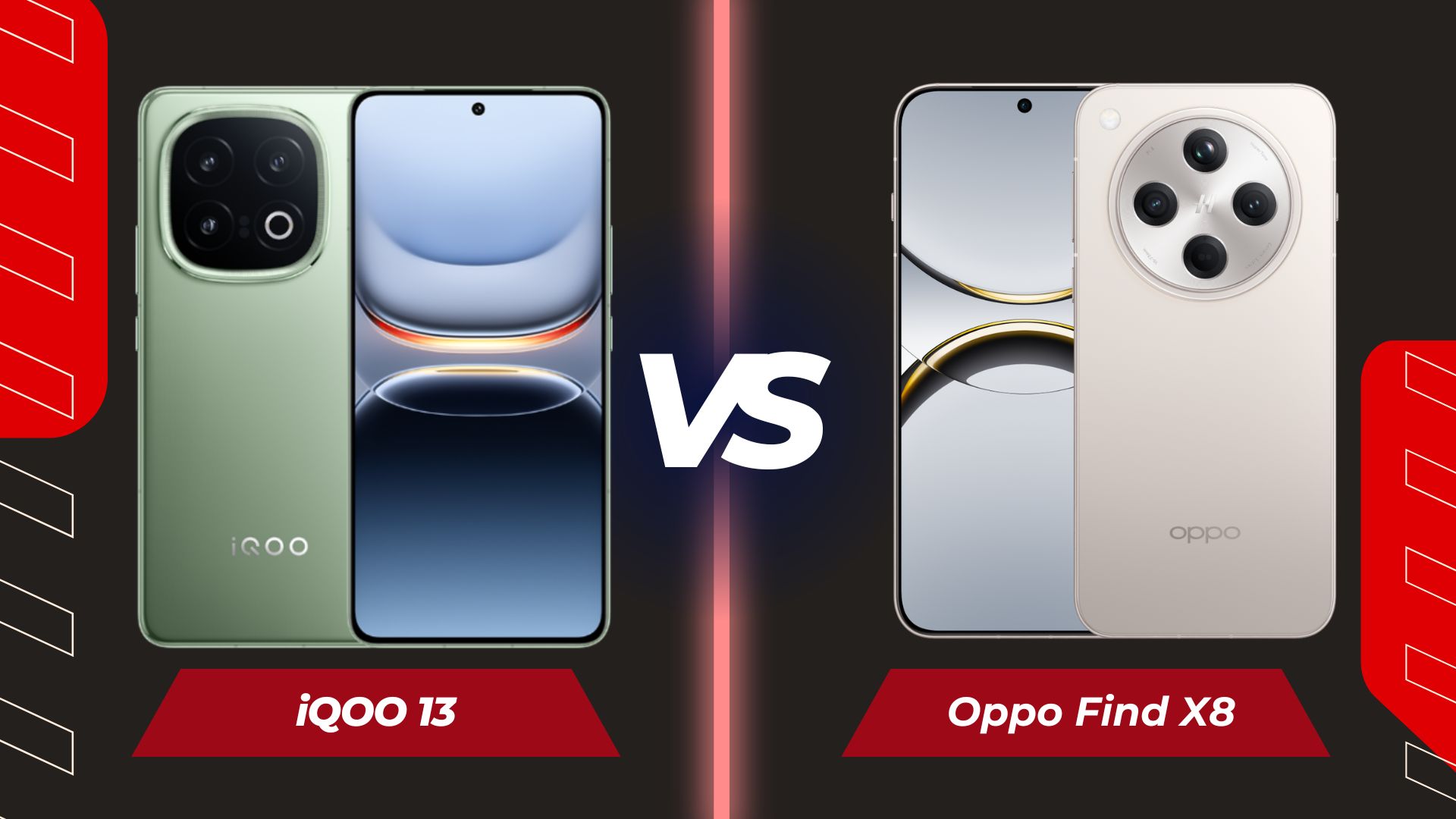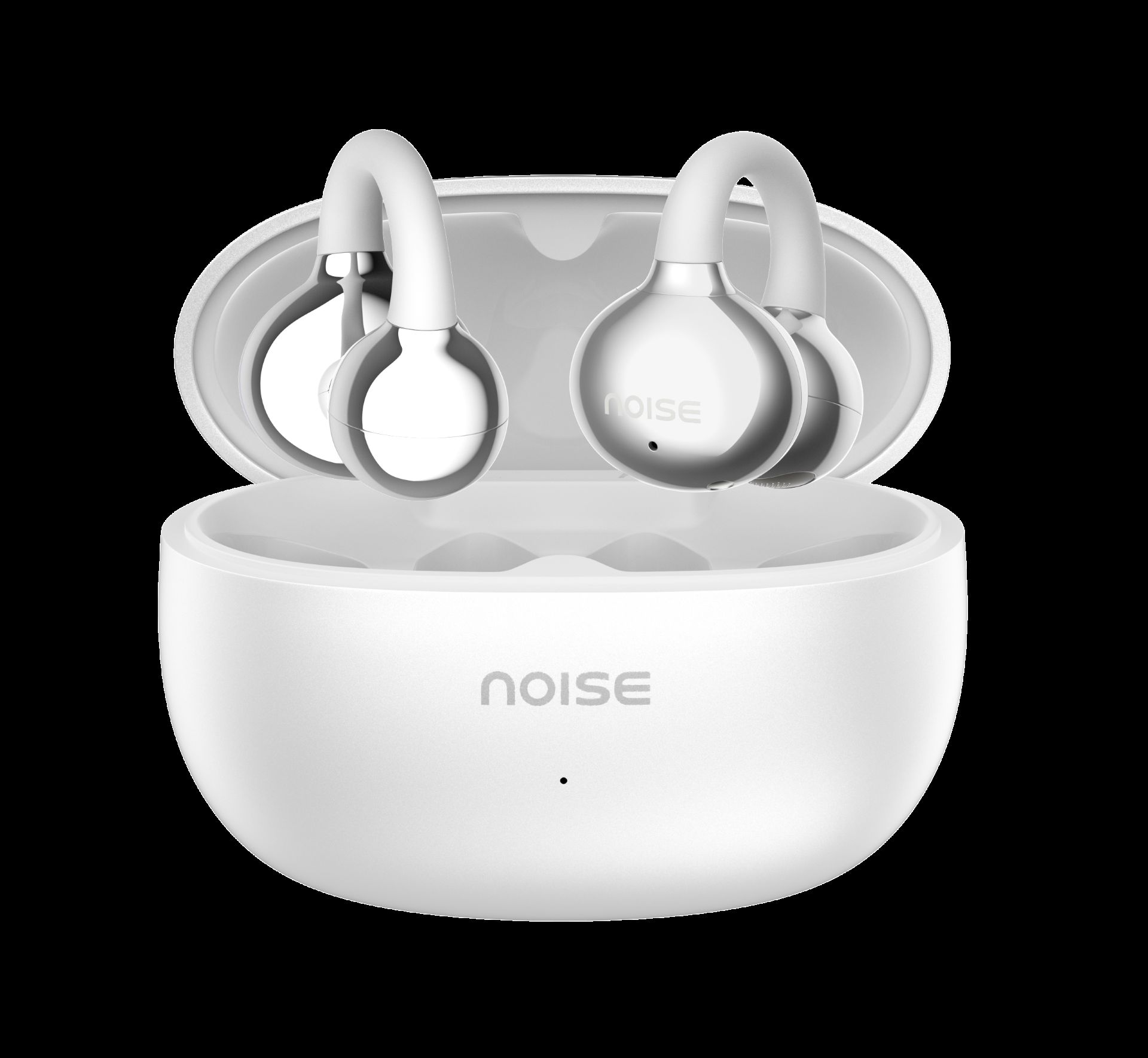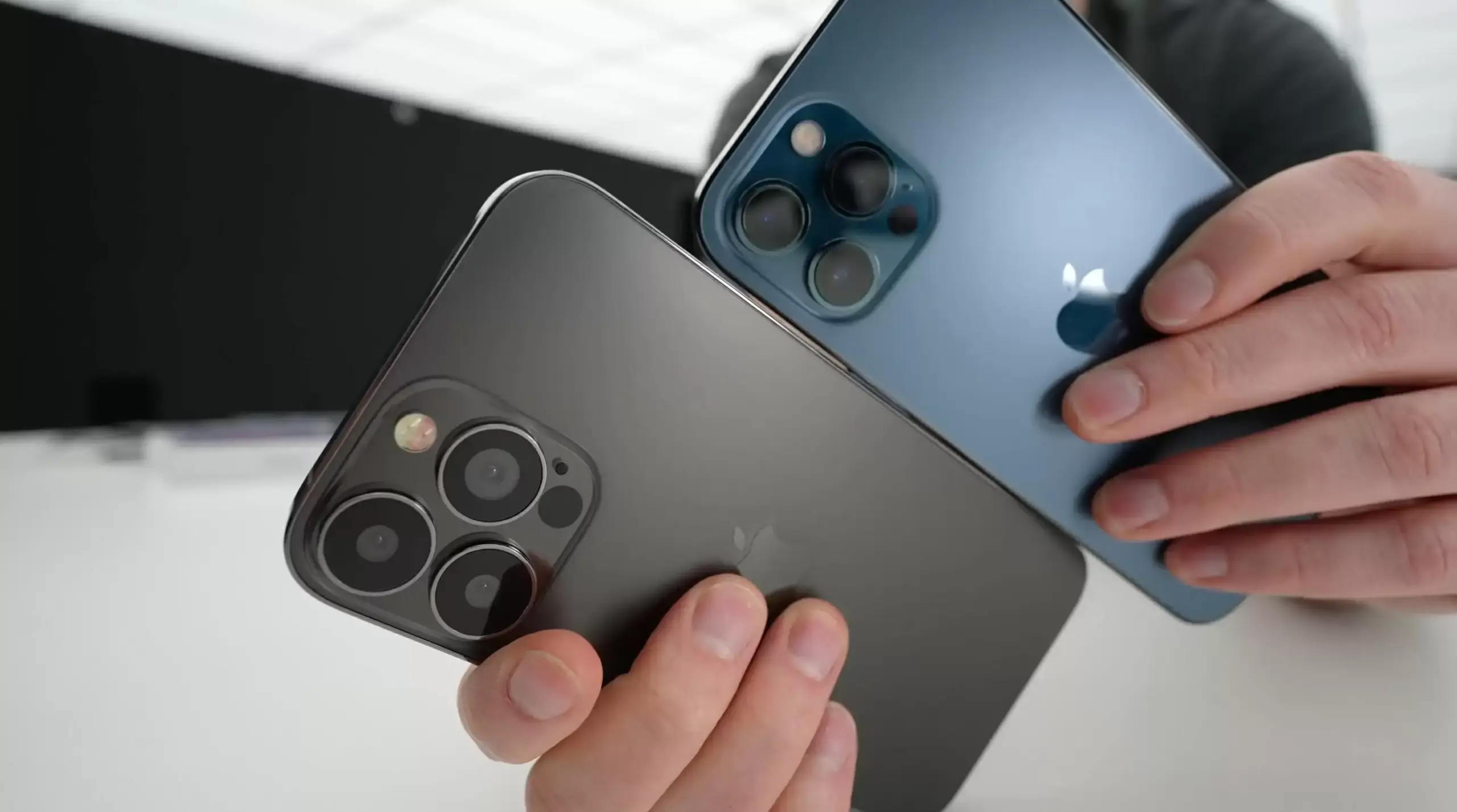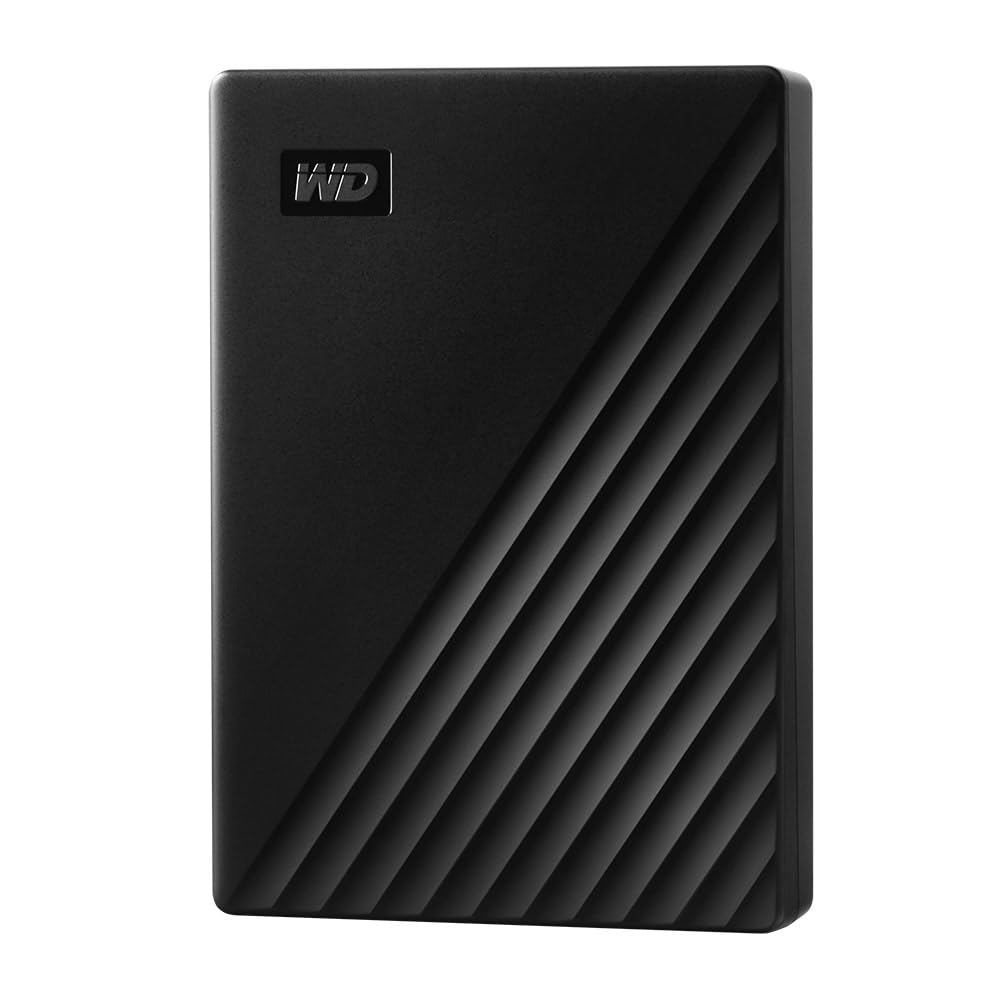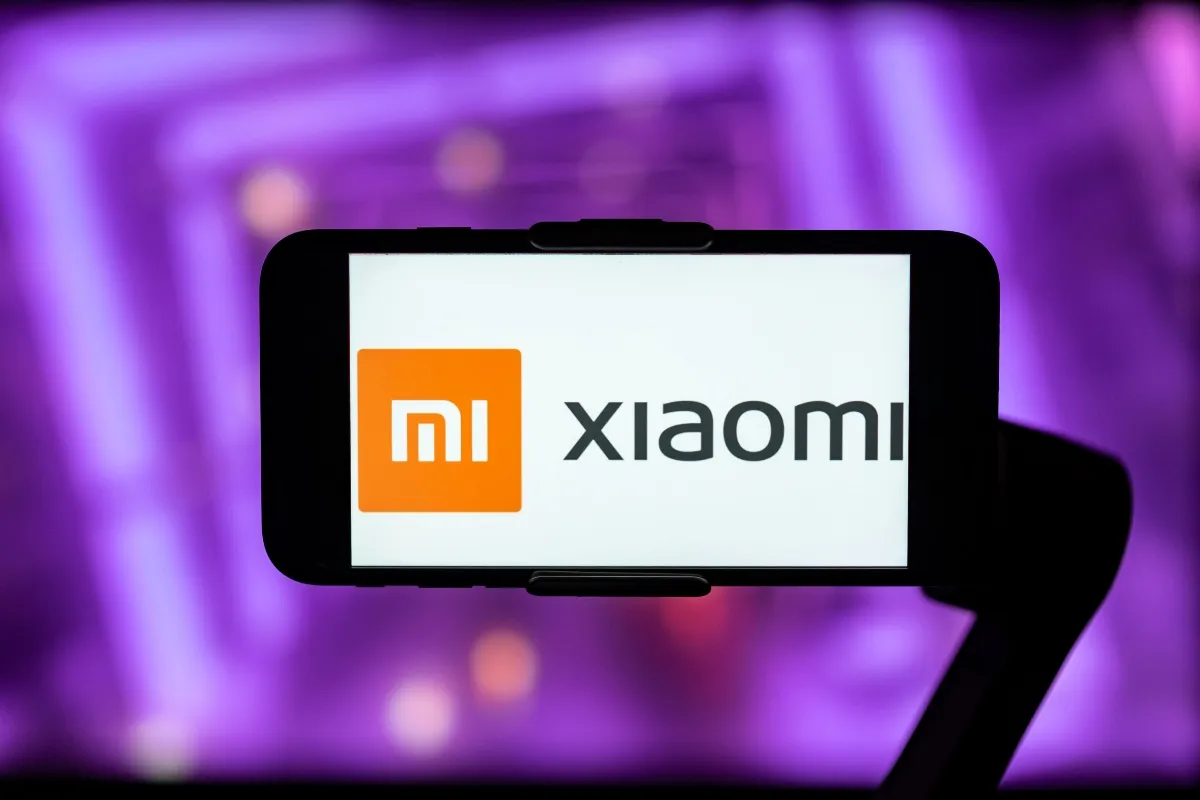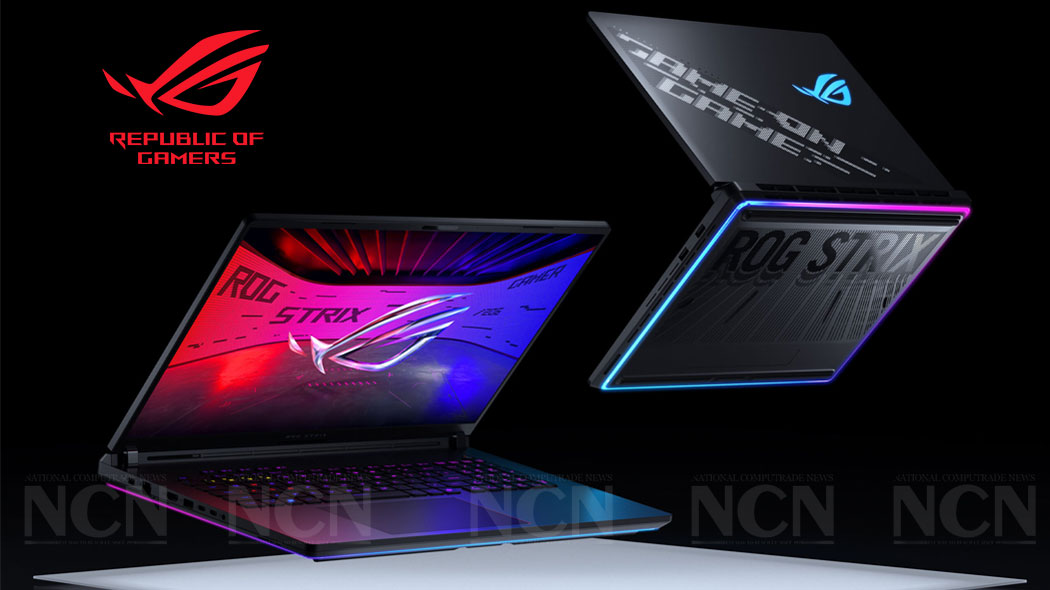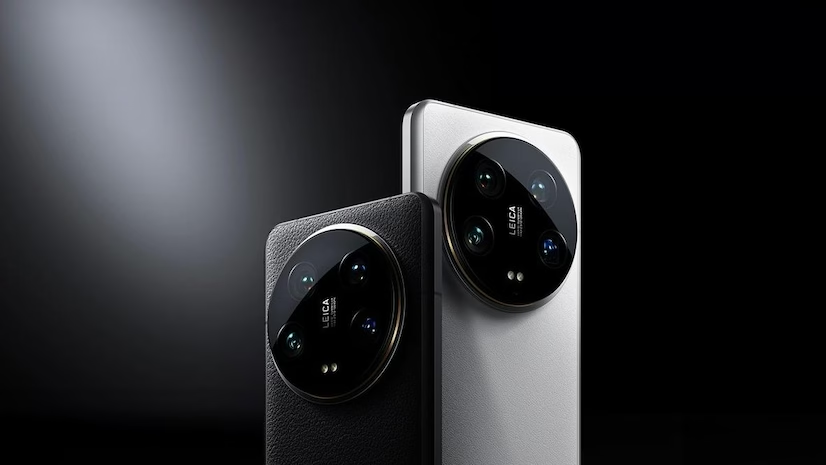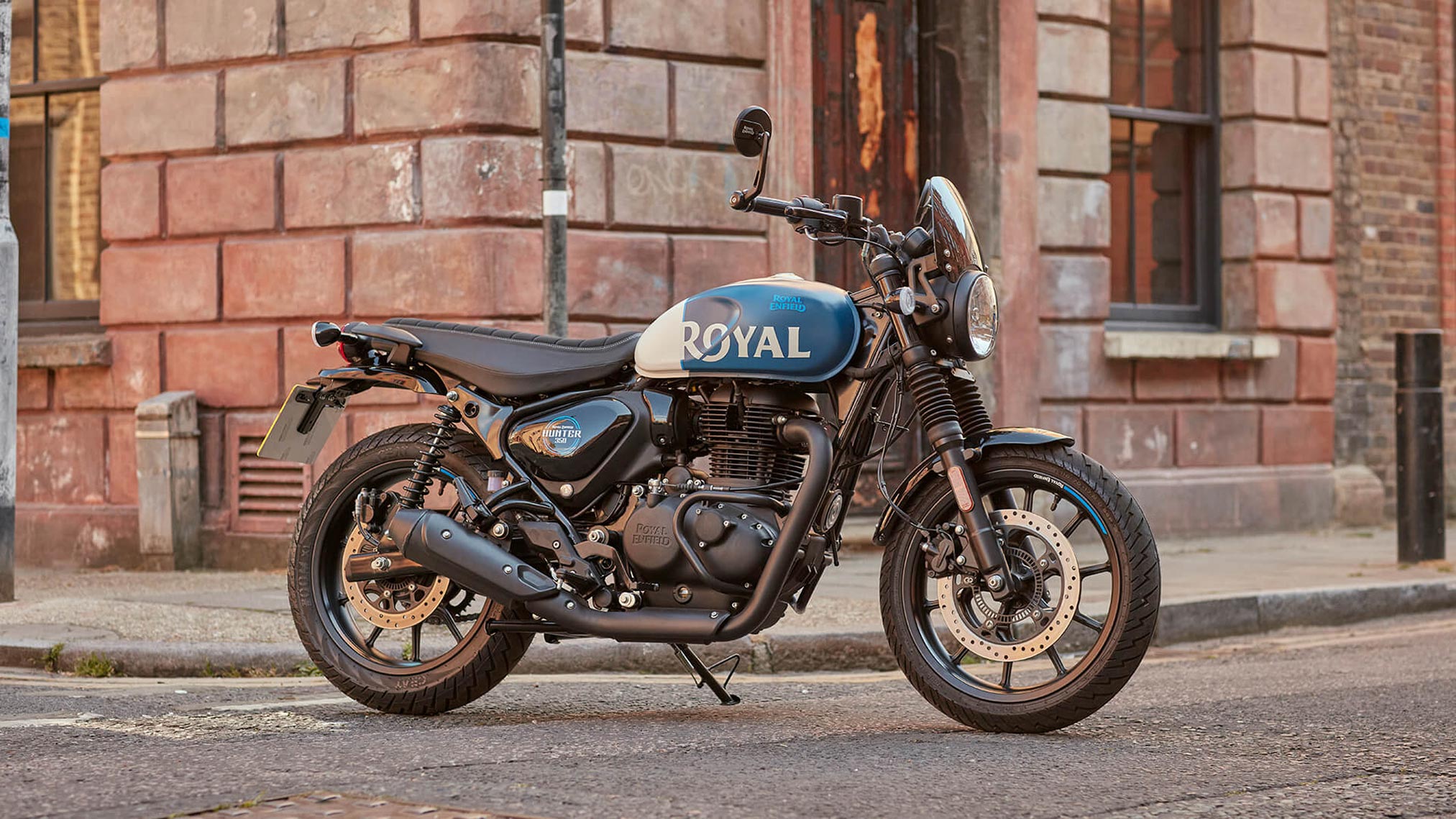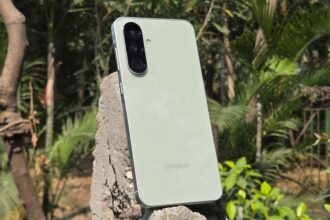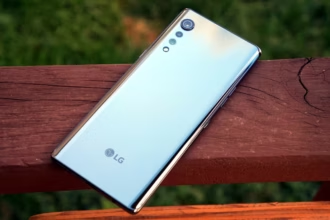The flagship smartphone arena has never been more competitive, with brands constantly pushing the boundaries of technology to deliver the best features and performance. Among the most anticipated and powerful options in this segment are the iQOO 13 and Vivo X200. Both devices bring a lot to the table, offering premium designs, cutting-edge hardware, and unique features tailored for different user needs. Let’s delve into a detailed, comprehensive comparison of these two smartphones to help you make an informed decision.
Design and Build Quality: iQOO 13 vs Vivo X200
When it comes to design and build quality, both the iQOO 13 and Vivo X200 exhibit a premium aesthetic. The iQOO 13 is slightly larger, measuring 163.4 x 76.7 x 8 mm, while the Vivo X200 is more compact at 160.3 x 74.8 x 8 mm. The iQOO 13 is available in multiple finishes, including a striking option with an RGB LED light on the back, making it an eye-catcher for users who love unique and bold designs. The device’s weight varies between 207 g and 213 g depending on the finish, emphasizing its robust construction.
The Vivo X200, on the other hand, opts for a slightly lighter build, weighing between 197 g and 202 g. While it lacks the RGB LED flair, its minimalist design and classic glass-and-metal combination exude elegance. Both phones are built to last, featuring IP68/IP69 certification for dust and water resistance. This ensures they can survive accidental splashes or even submersion in water for up to 30 minutes at depths of 1.5 meters. The choice here depends on whether you value the flamboyant, gaming-inspired aesthetic of the iQOO 13 or the understated sophistication of the Vivo X200.
Display: iQOO 13 vs Vivo X200
The display is one of the most critical aspects of a modern smartphone, and both devices aim to deliver a top-tier visual experience. The iQOO 13 boasts a large 6.82-inch LTPO AMOLED screen with a high resolution of 1440 x 3168 pixels, resulting in an impressive pixel density of ~510 ppi. With a 144Hz refresh rate and peak brightness reaching a staggering 4500 nits, the display offers vibrant colors, smooth animations, and excellent visibility even in direct sunlight. This makes the iQOO 13 a dream device for gamers and binge-watchers who demand the best screen technology.
The Vivo X200, while slightly smaller at 6.67 inches, still delivers a stunning visual experience. Its AMOLED panel supports a resolution of 1260 x 2800 pixels, with a pixel density of ~460 ppi. The display supports a 120Hz refresh rate and the same 4500 nits peak brightness, ensuring vibrant and sharp visuals. While the iQOO 13 takes the edge with its higher refresh rate and LTPO technology for better power efficiency, the Vivo X200’s slightly smaller and less power-hungry display might appeal to users who prioritize battery life over sheer screen size.
Performance: iQOO 13 vs Vivo X200
Under the hood, the iQOO 13 and Vivo X200 pack some of the most powerful chipsets available in the market, designed to handle everything from gaming to multitasking with ease. The iQOO 13 is powered by the Qualcomm Snapdragon 8 Elite (3nm), featuring an octa-core CPU with Oryon V2 architecture. This chipset is optimized for high-performance tasks, making it a powerhouse for gaming, video editing, and running demanding applications. The Adreno 830 GPU further enhances gaming performance, ensuring smooth frame rates and rich graphical detail.
The Vivo X200, on the other hand, is equipped with the MediaTek Dimensity 9400 (3nm), which also delivers top-tier performance. Its octa-core CPU, featuring the latest Cortex-X925 and Cortex-A720 cores, is designed for efficient multitasking and power management. The Immortalis-G925 GPU ensures excellent graphical capabilities, making it a strong contender in performance. While both chipsets are incredibly capable, the Snapdragon 8 Elite in the iQOO 13 slightly edges out the Dimensity 9400 in raw performance benchmarks and gaming optimizations.
Camera Capabilities: iQOO 13 vs Vivo X200
Both smartphones bring versatile and powerful camera setups that cater to different types of photography enthusiasts. The iQOO 13 is equipped with a triple-camera system, including a 50 MP wide lens with OIS, a 50 MP telephoto lens with 2x optical zoom, and a 50 MP ultrawide lens. This setup offers a great balance between capturing detailed close-ups, wide landscapes, and everyday shots. The iQOO 13’s video recording capabilities are equally impressive, with support for 8K@30fps and 4K@60fps, making it an excellent choice for videographers.
The Vivo X200, however, takes the lead in photography with its Zeiss optics and T lens coating*, which enhance color accuracy and reduce reflections. Its triple-camera setup includes a 50 MP wide lens with OIS, a 50 MP periscope telephoto lens with 3x optical zoom, and a 50 MP ultrawide lens. The periscope telephoto lens is a standout feature, allowing for more detailed zoom shots, which makes the Vivo X200 ideal for capturing distant subjects. While both phones excel in photography, the Vivo X200’s advanced zoom capabilities and Zeiss enhancements make it the preferred choice for photography enthusiasts.
Battery and Charging: iQOO 13 vs Vivo X200
Battery life is a critical factor for most users, and both phones deliver solid performance in this area. The iQOO 13 features a massive 6150 mAh battery paired with 120W fast charging that can fully charge the device in just 30 minutes. This ensures that even heavy users can rely on the iQOO 13 to last through intense gaming or extended workdays without worrying about running out of power.
The Vivo X200, while slightly behind in battery capacity with its 5800 mAh battery, still offers excellent longevity. Its 90W fast charging is slightly slower but still competitive, providing a quick top-up when needed. For most users, the difference in battery performance will be negligible in daily use, but the iQOO 13’s faster charging speeds give it an edge for those always on the go.
Software and User Experience: iQOO 13 vs Vivo X200
Both devices run on Android 15 with Funtouch 15 (International) or OriginOS 5 (China), ensuring a smooth and modern user experience. Both brands promise four major Android updates, making these phones future-proof in terms of software. Customizations and additional features in the user interface will appeal to different preferences, but overall, the software experience is nearly identical.
Connectivity and Features: iQOO 13 vs Vivo X200
Connectivity is another area where both phones shine. They feature support for Wi-Fi 7, Bluetooth 5.4, and NFC. The iQOO 13 includes an ultrasonic under-display fingerprint sensor and USB Type-C 3.2, which offer faster and more secure performance compared to the optical fingerprint sensor and USB Type-C 2.0 found in the Vivo X200. These differences might matter to users looking for the latest technology in every aspect of their smartphone.
Conclusion: Choosing the Right Flagship
The choice between the iQOO 13 and Vivo X200 boils down to your specific needs and preferences. The iQOO 13 is perfect for gamers and power users who want a superior display, faster charging, and raw performance. On the other hand, the Vivo X200 is tailored for photography enthusiasts who value advanced zoom capabilities, Zeiss optics, and balanced performance.
Both devices are exceptional in their own ways, representing the best of what modern smartphones have to offer. Whichever you choose, you’re guaranteed a flagship experience that won’t disappoint.

